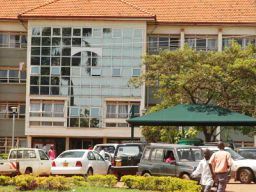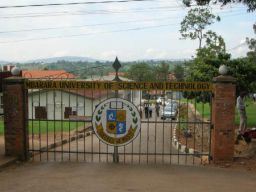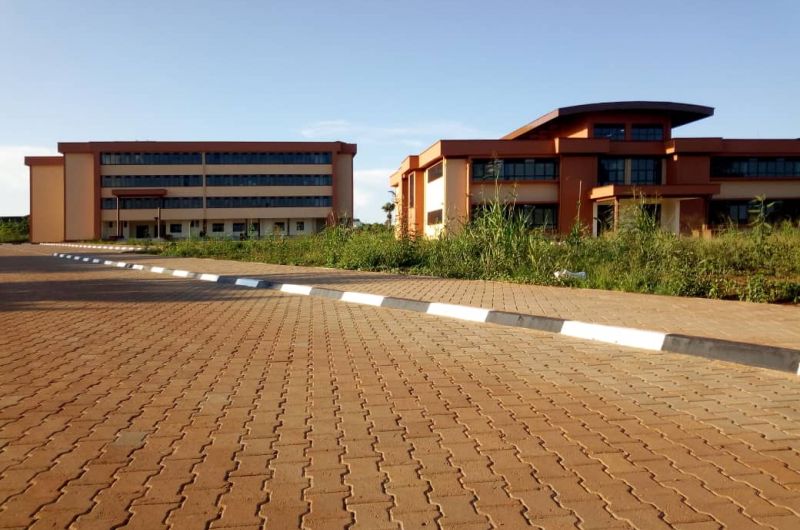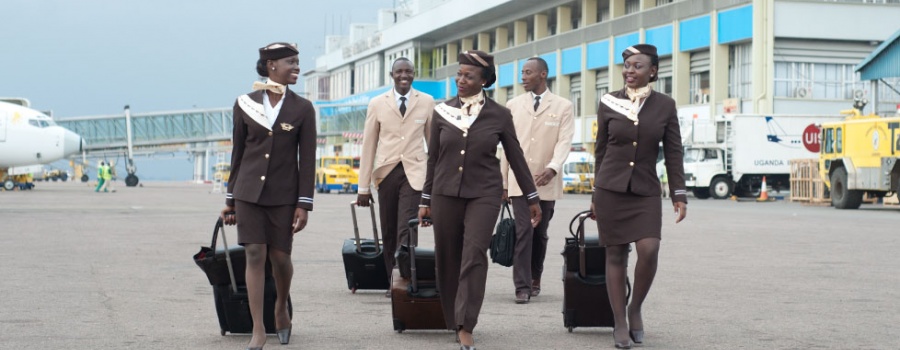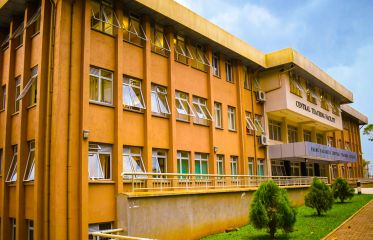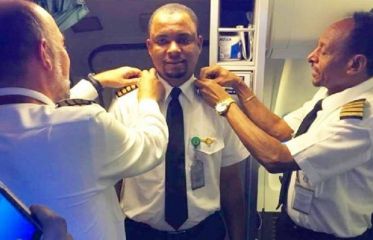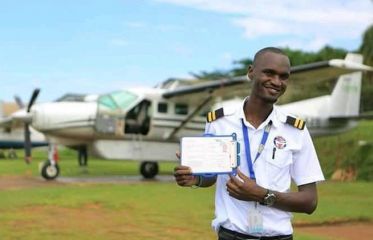Breaking News
- Flexible Remote Work Opportunity for University Students: Earn $100–$250 Per Month ...Read More
- Ministry of Education and Sports Azerbaijan Government Scholarships For 2025-2026 Academic Year ...Read More
- Government Sponsorship Undergraduate Admission Lists 2025-26 for Makerere University ...Read More
- Ministry of Education And Sports: Egyptian Government Scholarships 2025-2026 Academic Year ...Read More
- Ground Breaker Full Scholarship for girls to study Software Engineering 2025 July Intake ...Read More
- Tony Elumelu Foundation Entrepreneurship Programme (TEEP) 2025 for young African Entrepreneurs ...Read More
- DESIGNING FUTURES 2050 International Design Competition 2025 (€15,000 prize) ...Read More
- Ground Breaker Full time Scholarship for girls to study Software Engineering 2025 Intake ...Read More
- Ministry of Education And Sports Algerian Vocational Training Scholarships for 2024-2025 AY ...Read More
- Ministry of Education and Sports Advert for the Algerian Government Scholarships for 2024-2025 ...Read More
Flight attendant
Flight attendants provide personal services to ensure the safety and comfort of airline passengers.
Add to FavouritesDuties
1. Verify that first aid kits and other emergency equipment, including fire extinguishers and oxygen bottles, are in working order.
2. Direct and assist passengers in emergency procedures, such as evacuating a plane following an emergency landing.
3. Administer first aid to passengers in distress.
4. Announce and demonstrate safety and emergency procedures, such as the use of oxygen masks, seat belts, and life jackets.
5. Walk aisles of planes to verify that passengers have complied with federal regulations prior to takeoffs and landings.
6. Prepare passengers and aircraft for landing, following procedures.
7. Attend preflight briefings concerning weather, altitudes, routes, emergency procedures, crew coordination, lengths of flights, food and beverage services offered, and numbers of passengers.
8. Check to ensure that food, beverages, blankets, reading material, emergency equipment, and other supplies are aboard and are in adequate supply.
9. Determine special assistance needs of passengers such as small children, the elderly, or disabled persons.
10. Announce flight delays and descent preparations.
11. Reassure passengers when situations such as turbulence are encountered.
12. Greet passengers boarding aircraft and direct them to assigned seats.
13. Inspect passenger tickets to verify information and to obtain destination information.
14. Assist passengers entering or disembarking the aircraft.
15. Operate audio and video systems.
16. Answer passengers' questions about flights, aircraft, weather, travel routes and services, arrival times, or schedules.
17. Take inventory of headsets, alcoholic beverages, and money collected.
18. Prepare reports showing places of departure and destination, passenger ticket numbers, meal and beverage inventories, the conditions of cabin equipment, and any problems encountered by passengers.
19. Inspect and clean cabins, checking for any problems and making sure that cabins are in order.
20. Conduct periodic trips through the cabin to ensure passenger comfort and to distribute reading material, headphones, pillows, playing cards, and blankets.
21. Assist passengers in placing carry-on luggage in overhead, garment, or under-seat storage.
22. Collect money for meals and beverages.
Key knowledge areas
1. Customer and Personal Service — Knowledge of principles and processes for providing customer and personal services. This includes customer needs assessment, meeting quality standards for services, and evaluation of customer satisfaction.
2. Public Safety and Security — Knowledge of relevant equipment, policies, procedures, and strategies to promote effective local, state, or national security operations for the protection of people, data, property, and institutions.
3. Transportation — Knowledge of principles and methods for moving people or goods by air, rail, sea, or road, including the relative costs and benefits.
4. English Language — Knowledge of the structure and content of the English language including the meaning and spelling of words, rules of composition, and grammar.
5. Psychology — Knowledge of human behavior and performance; individual differences in ability, personality, and interests; learning and motivation; psychological research methods; and the assessment and treatment of behavioral and affective disorders.
6. Geography — Knowledge of principles and methods for describing the features of land, sea, and air masses, including their physical characteristics, locations, interrelationships, and distribution of plant, animal, and human life.
7. Sociology and Anthropology — Knowledge of group behavior and dynamics, societal trends and influences, human migrations, ethnicity, cultures and their history and origins.
Skills
1. Speaking — Talking to others to convey information effectively.
2. Service Orientation — Actively looking for ways to help people.
3. Social Perceptiveness — Being aware of others' reactions and understanding why they react as they do.
4. Active Listening — Giving full attention to what other people are saying, taking time to understand the points being made, asking questions as appropriate, and not interrupting at inappropriate times.
5. Coordination — Adjusting actions in relation to others' actions.
6. Monitoring — Monitoring/Assessing performance of yourself, other individuals, or organizations to make improvements or take corrective action.
7. Critical Thinking — Using logic and reasoning to identify the strengths and weaknesses of alternative solutions, conclusions or approaches to problems.
8. Active Learning — Understanding the implications of new information for both current and future problem-solving and decision-making.
9. Judgment and Decision Making — Considering the relative costs and benefits of potential actions to choose the most appropriate one.
10. Reading Comprehension — Understanding written sentences and paragraphs in work related documents.






















